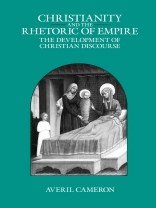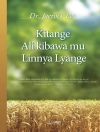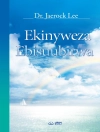Many reasons can be given for the rise of Christianity in late antiquity and its flourishing in the medieval world. In asking how Christianity succeeded in becoming the dominant ideology in the unpromising circumstances of the Roman Empire, Averil Cameron turns to the development of Christian discourse over the first to sixth centuries A.D., investigating the discourse’s essential characteristics, its effects on existing forms of communication, and its eventual preeminence. Scholars of late antiquity and general readers interested in this crucial historical period will be intrigued by her exploration of these influential changes in modes of communication.
The emphasis that Christians placed on language—writing, talking, and preaching—made possible the formation of a powerful and indeed a totalizing discourse, argues the author. Christian discourse was sufficiently flexible to be used as a public and political instrument, yet at the same time to be used to express private feelings and emotion. Embracing the two opposing poles of logic and mystery, it contributed powerfully to the gradual acceptance of Christianity and the faith’s transformation from the enthusiasm of a small sect to an institutionalized world religion.
Many reasons can be given for the rise of Christianity in late antiquity and its flourishing in the medieval world. In asking how Christianity succeeded in becoming the dominant ideology in the unpromising circumstances of the Roman Empire, Averil Cameron
Daftar Isi
List of Illustrations
Preface
List of Abbreviations
Introduction
I. How Many Rhetorics?
2. Showing and Telling
3· Stories People Want
4· The Power over the Past
5· The Rhetoric of Paradox
6. Toward a New Representation
Envoi
Bibliography
General Index
Index of Scriptural Citations
Tentang Penulis
Averil Cameron is Professor of Late Antique and Byzantine Studies at the University of London, King’s College. Her many publications include Images of Women in Antiquity, edited with Amélie Kuhrt (1983), Procopius and the Sixth Century (California, 1985), and History as Text (1989).







![Sampul Brian Schrag & Julisa Rowe: Community Arts for God's Purposes [Chinese] 貼近神心意的社群藝術 Sampul Brian Schrag & Julisa Rowe: Community Arts for God's Purposes [Chinese] 貼近神心意的社群藝術](https://static.worldofdigitals.com/thumb_webp/740/9781645083740.webp)




